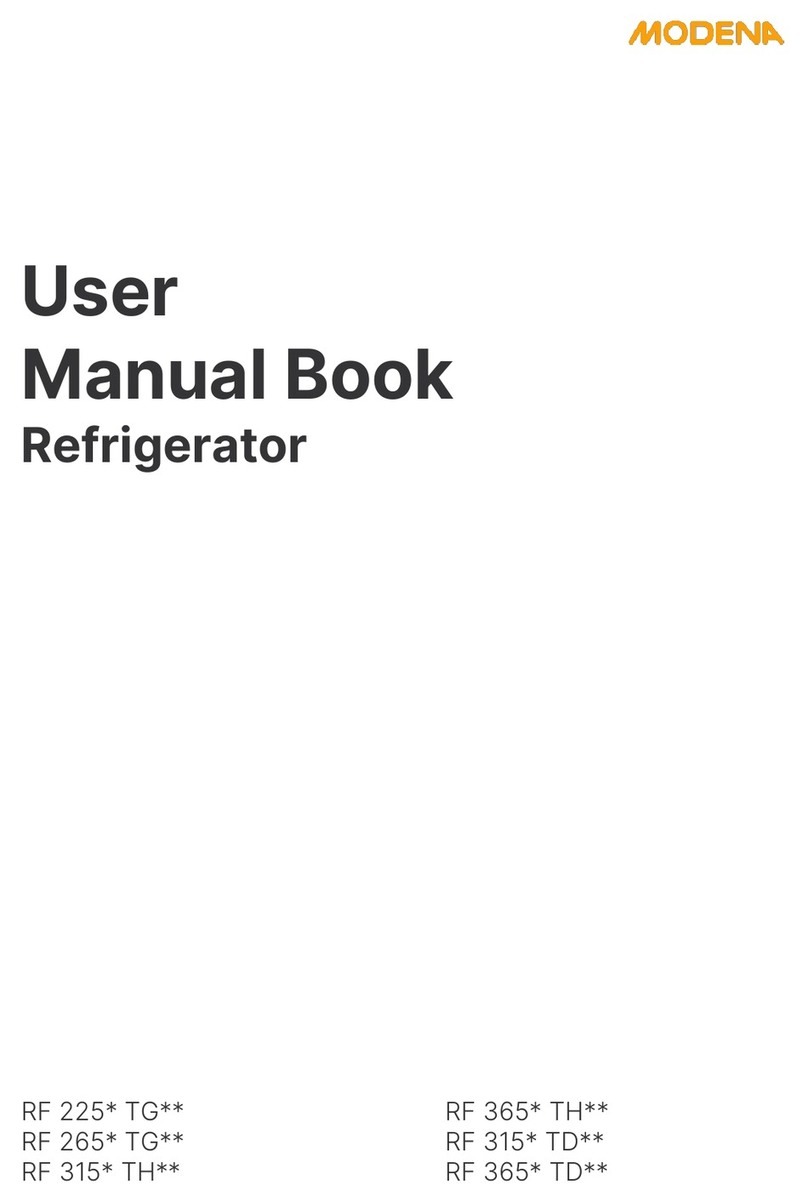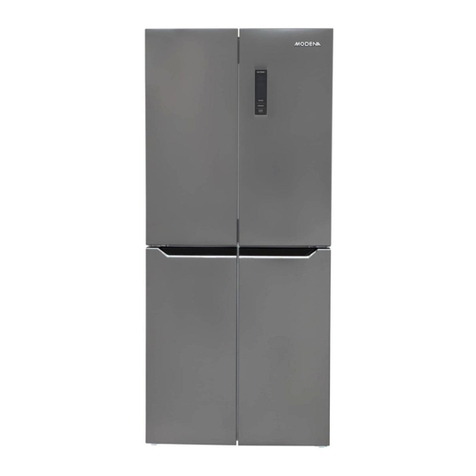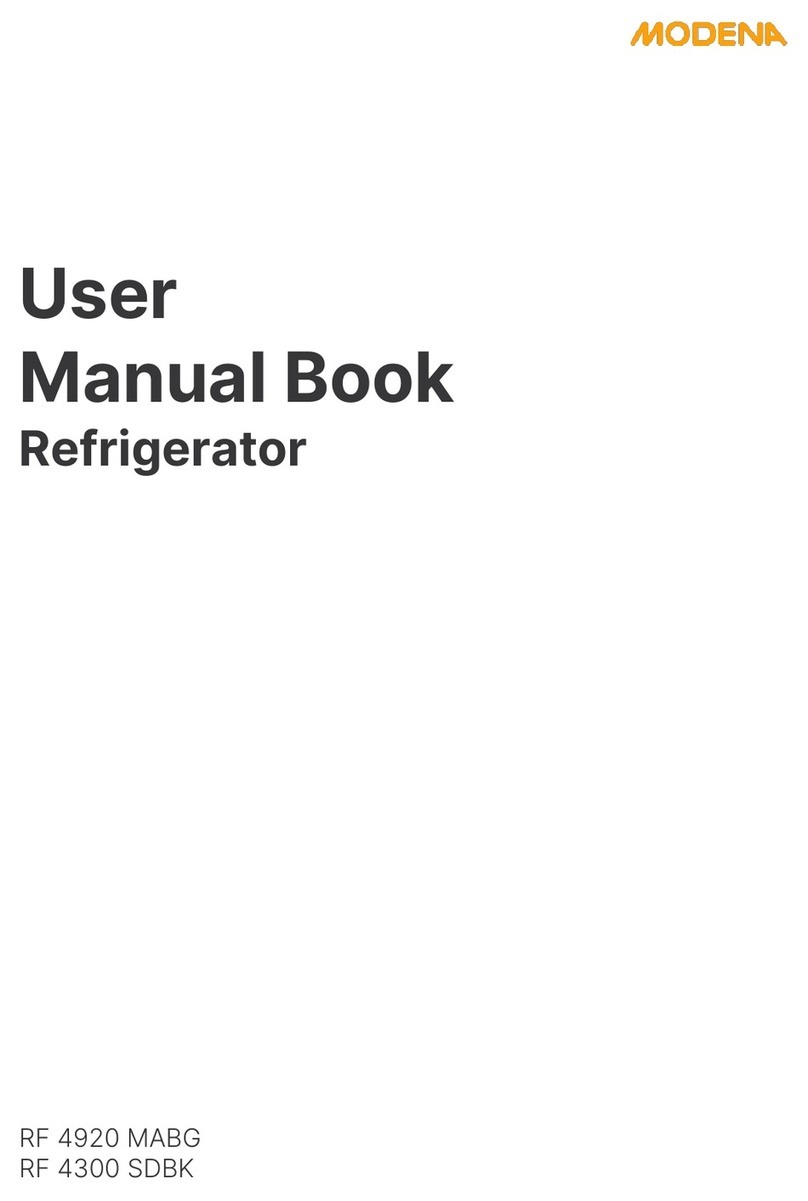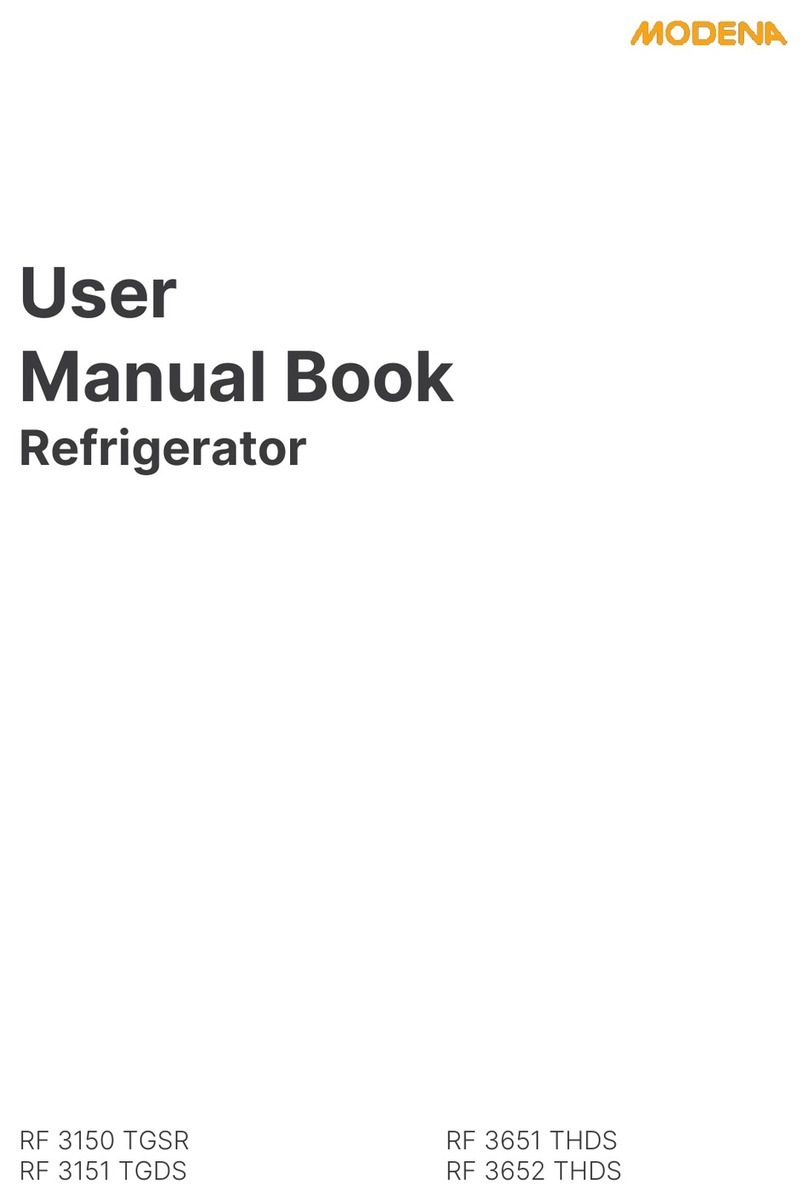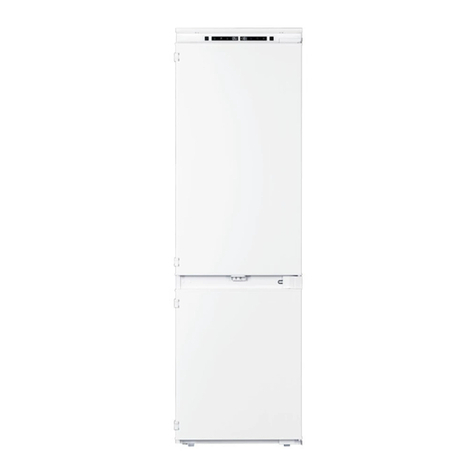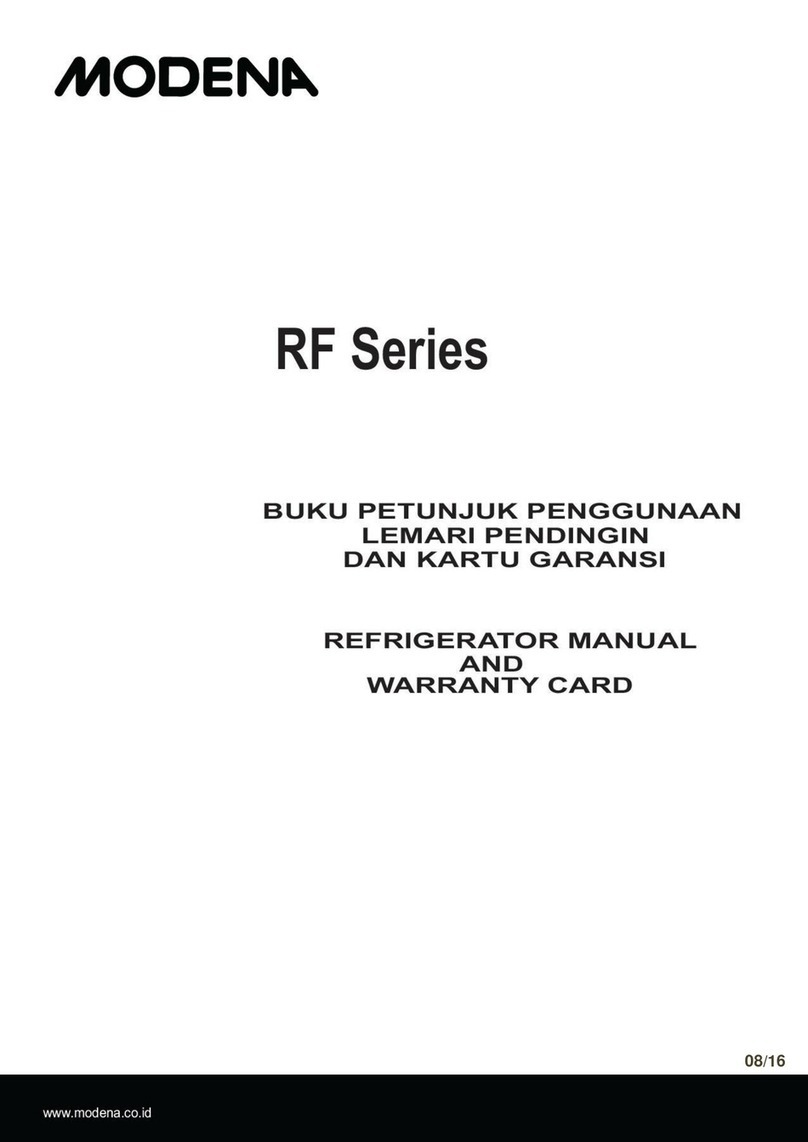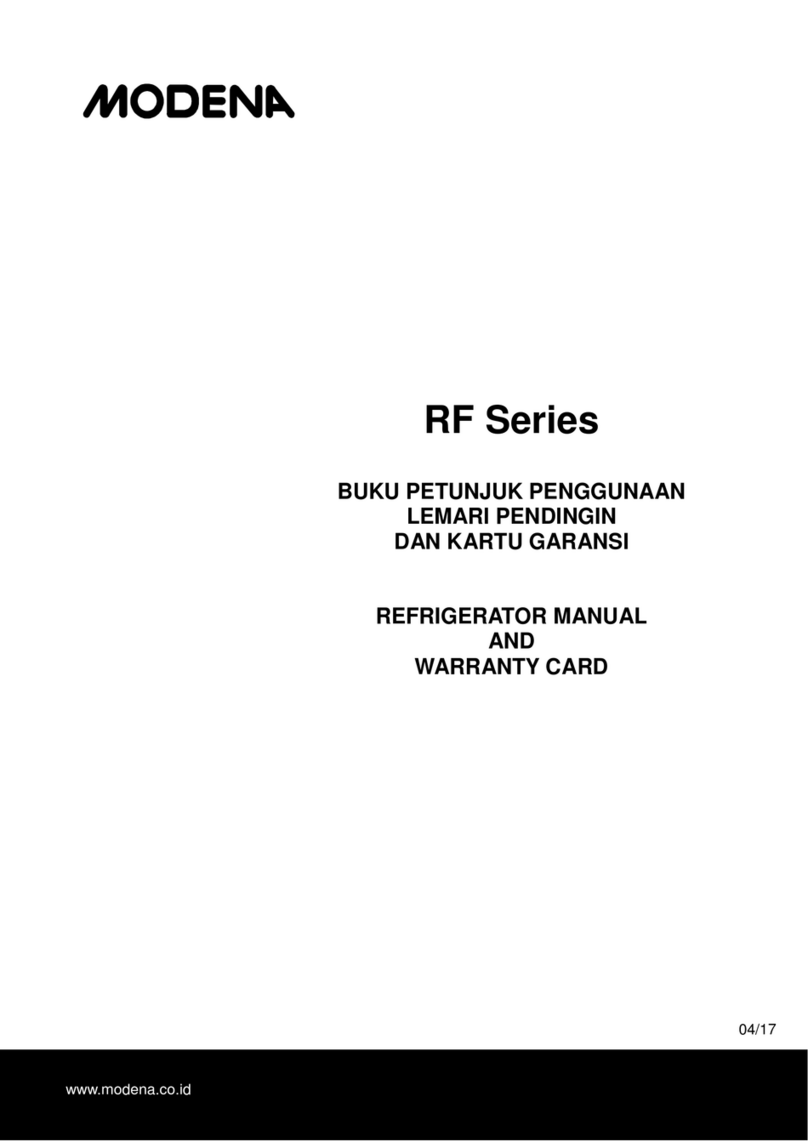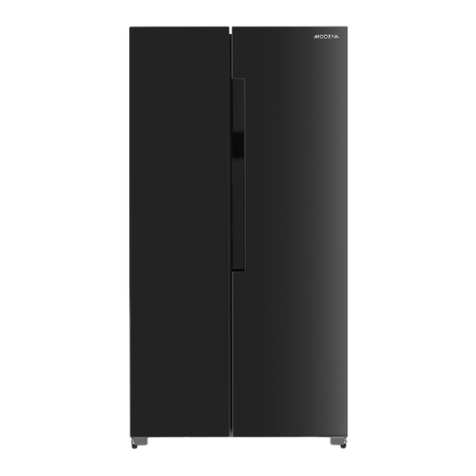6
•Do not store explosive substances such as aerosol cans with a
flammable propellant in this appliance.
•This appliance is intended to be used in household and domestic
applications
•If the socket does not match the refrigerator plug, it must be
replaced by the manufacturer, a service agent or similar qualified
persons in order to avoid accidents.
•A specially grounded plug has been connected to the power cord of
your refrigerator. This plug should be used with a specially grounded
power socket of 16 amperes. If there is no such socket available in
your house, please have one installed by an expert authorized
electrician.
•Children are not allowed to perform cleaning or user maintenance of
the appliance, very young children (0-3 years old) are not allowed to
use appliances, young children (3-8 years old) are allowed to use
appliances under surveillance, older children (8-14 years old) and
vulnerable people can use appliances safely after they have been
given appropriate surveillance or instruction concerning the use of
the appliance and the risks that may occur. Very vulnerable people
are not allowed to use appliances unless continuous surveillance is
given.
•If the supply cord is damaged, it must be replaced by a technician
an authorized service agent or similar qualified persons, in order to
avoid danger.
•This appliance is not intended for use at altitudes higher than 2000
meters above the sea level.
